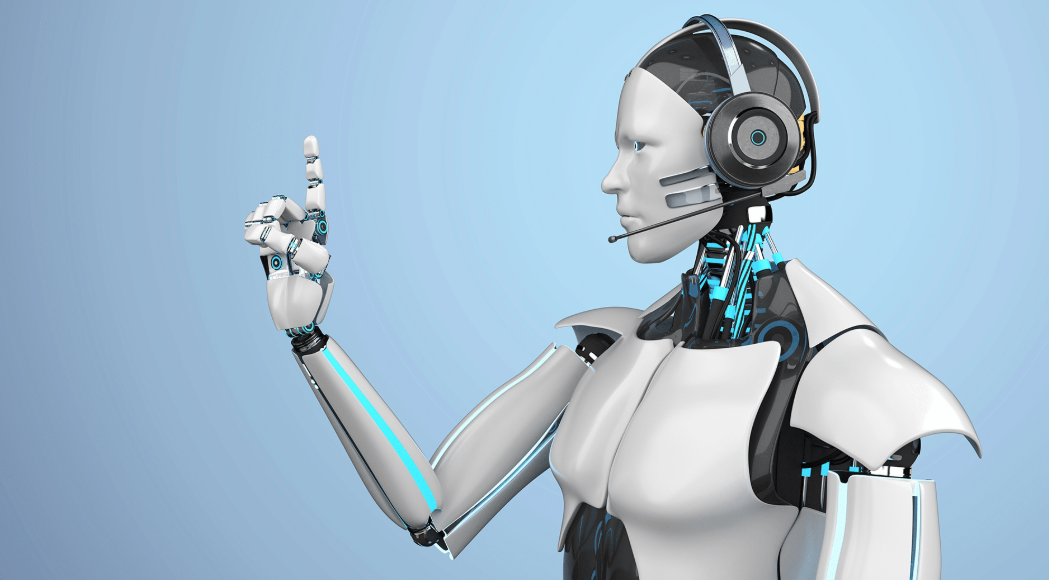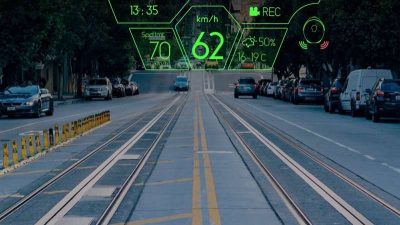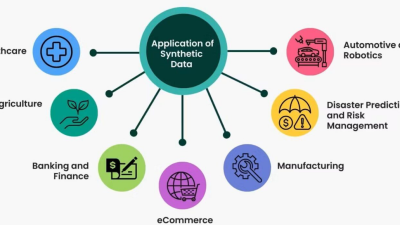The modern workplace continues to transform at an astonishing pace. Traditional office setups have given way to hybrid models, and now augmented reality workspaces are emerging as the next frontier. These digital-physical environments allow teams to collaborate regardless of physical location.
But there’s something even more transformative happening within these AR spaces: autonomous agents. These intelligent digital entities are changing how we conceptualize collaborative work entirely.
What Are Autonomous Agents in AR?
Autonomous agents in augmented reality are AI-powered digital entities that can perform tasks, make decisions, and interact with both virtual elements and human participants. Unlike simple automated processes, these agents possess contextual awareness and can adapt to changing circumstances.
In collaborative AR workspaces, they become virtual teammates capable of contributing meaningfully to projects. They understand spoken instructions, recognize visual cues, and even anticipate needs based on previous interactions.
This represents a significant leap beyond traditional collaboration tools. Instead of passive software awaiting commands, these agents actively participate in the collaborative process.
The Building Blocks of AR Agent Intelligence
The effectiveness of autonomous agents stems from several technological advancements working in concert. Computer vision allows them to “see” and interpret the workspace, including physical objects, people, and digital content.
Natural language processing enables conversational interactions, making communication with agents intuitive and effortless. Machine learning algorithms help these agents improve over time, adapting to specific team dynamics and individual work styles.
Perhaps most importantly, spatial computing capabilities allow agents to understand and operate within three-dimensional environments. This spatial awareness is crucial for meaningful AR collaboration.
As we’ve explored at AR Marketing Tips, these technologies are becoming increasingly accessible to businesses of all sizes.
Transforming Collaborative Workflows
The impact of autonomous agents on AR workspaces becomes clear when examining specific applications. In design reviews, agents can simultaneously capture feedback from multiple team members, organize comments spatially, and even suggest modifications based on established guidelines.
During brainstorming sessions, they can serve as facilitators, documenting ideas in real-time while ensuring everyone has opportunities to contribute. They might even generate relevant suggestions based on the discussion context.
For project management, agents can maintain visual representations of workflows, automatically updating status changes and highlighting potential bottlenecks before they become problematic.
Breaking Down Communication Barriers
One of the most valuable contributions of autonomous agents is their ability to bridge communication gaps. In global teams, agents can provide real-time translation services within the AR environment, rendering language differences almost invisible.
They can also adapt information presentation based on individual preferences and expertise levels. A technical specialist might receive detailed specifications, while a management-level participant sees higher-level summaries of the same content.
This personalization extends to interaction styles as well. Some team members might prefer text-based communication, while others work better with visual or voice interactions. Autonomous agents can accommodate these preferences simultaneously.
Ethical Considerations and Human-Centered Design
Despite their benefits, the integration of autonomous agents raises important questions. Privacy concerns emerge when intelligent systems continuously monitor workspace activities. Clear boundaries must be established regarding what information agents collect and how it’s used.
There’s also the risk of over-reliance on agent assistance. Collaborative workspaces should enhance human creativity and decision-making rather than replacing it. Designers must carefully balance automation and human agency.
The most successful implementations treat autonomous agents as team members with specific roles rather than omnipresent overseers. This human-centered approach preserves the social dynamics that make collaboration valuable.
Current Implementations and Future Directions
Several pioneering companies have already deployed autonomous agents in collaborative AR environments. These early implementations offer glimpses of future possibilities while highlighting practical challenges.
Some focus on specialized functions, like documentation assistants that automatically generate meeting summaries with action items linked to spatial locations in the workspace. Others serve as virtual subject matter experts, bringing specialized knowledge into collaborative sessions on demand.
The most sophisticated systems feature multiple agents with complementary capabilities working together. Just as human teams benefit from diverse skills, AR workspaces can leverage specialized agents for different aspects of collaboration.
Integration Challenges
Implementing autonomous agents in AR workspaces isn’t without obstacles. Technical challenges include ensuring consistent agent performance across different AR hardware platforms and maintaining responsiveness even with limited processing resources.
Organizational challenges often prove more difficult to overcome. Employees may need time to develop trust in agent capabilities, and existing workflows must be thoughtfully adapted rather than completely reimagined overnight.
Training is also crucial. Even the most intuitive agents require users to understand basic interaction patterns and capabilities. Organizations should develop progressive learning approaches that introduce agent functions gradually.
The Path Forward
As we look toward the future of collaborative AR workspaces, several trends emerge. Agents will become increasingly personalized, learning individual communication styles and preferences over time. This personalization will make interactions more natural and productive.
Integration between physical and digital elements will become more seamless. Agents will move effortlessly between managing virtual content and interfacing with connected physical objects in the workspace.
Perhaps most importantly, autonomous agents will increasingly function as connective tissue between different tools and platforms. Rather than forcing users to adapt to technology, agents will adapt technology to human needs.
The collaborative workspaces of tomorrow won’t just be about impressive visual displays or realistic holograms. Their true value will come from intelligent, responsive systems that understand human collaboration patterns and enhance them thoughtfully.
With proper implementation, autonomous agents in AR workspaces can help us achieve the long-sought goal of technology that truly feels like a natural extension of human capabilities.





